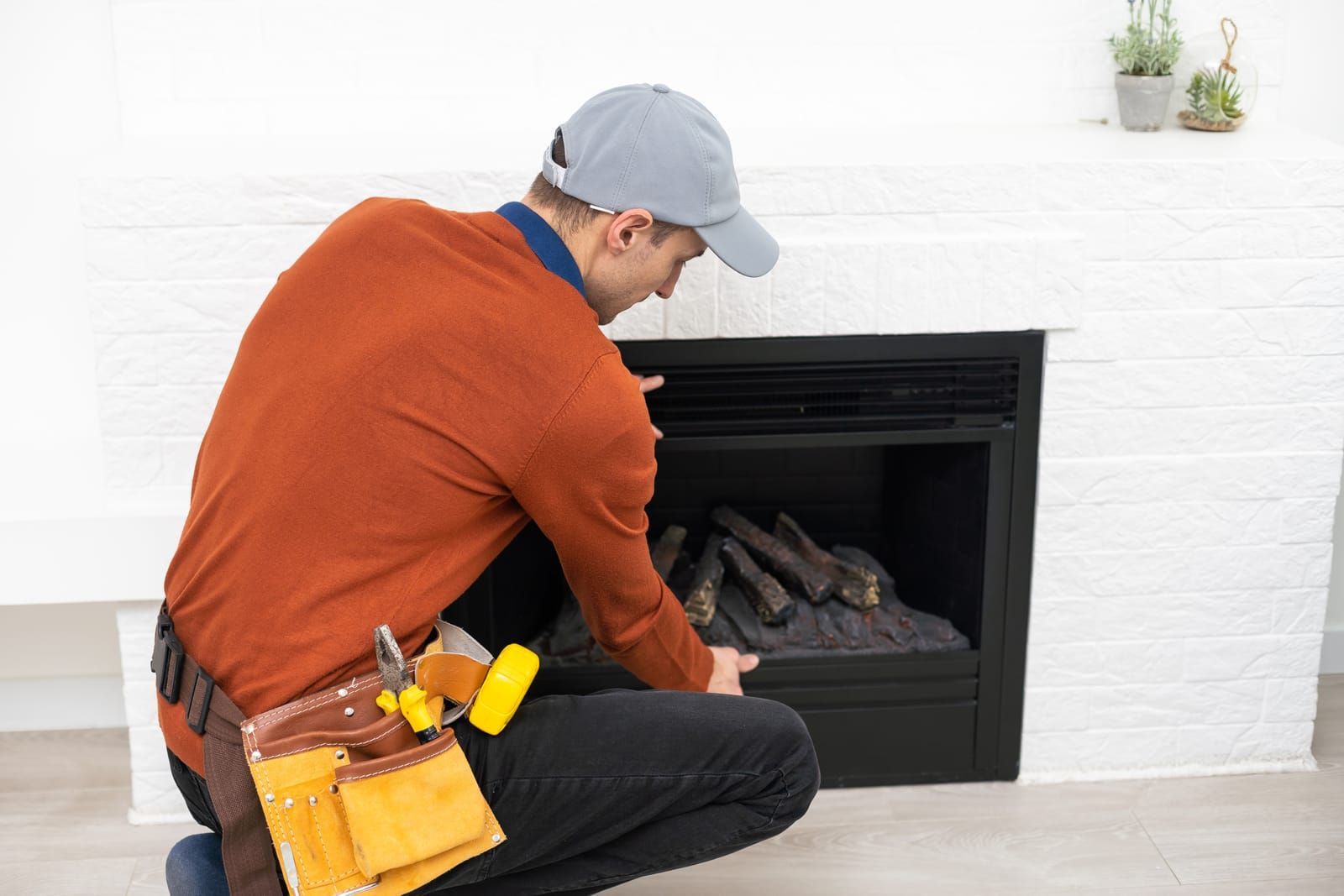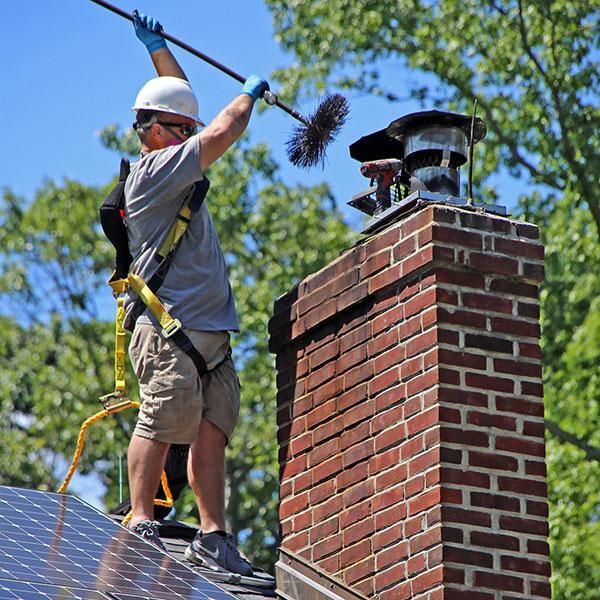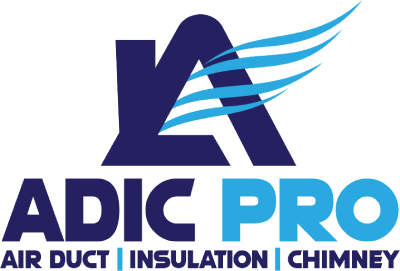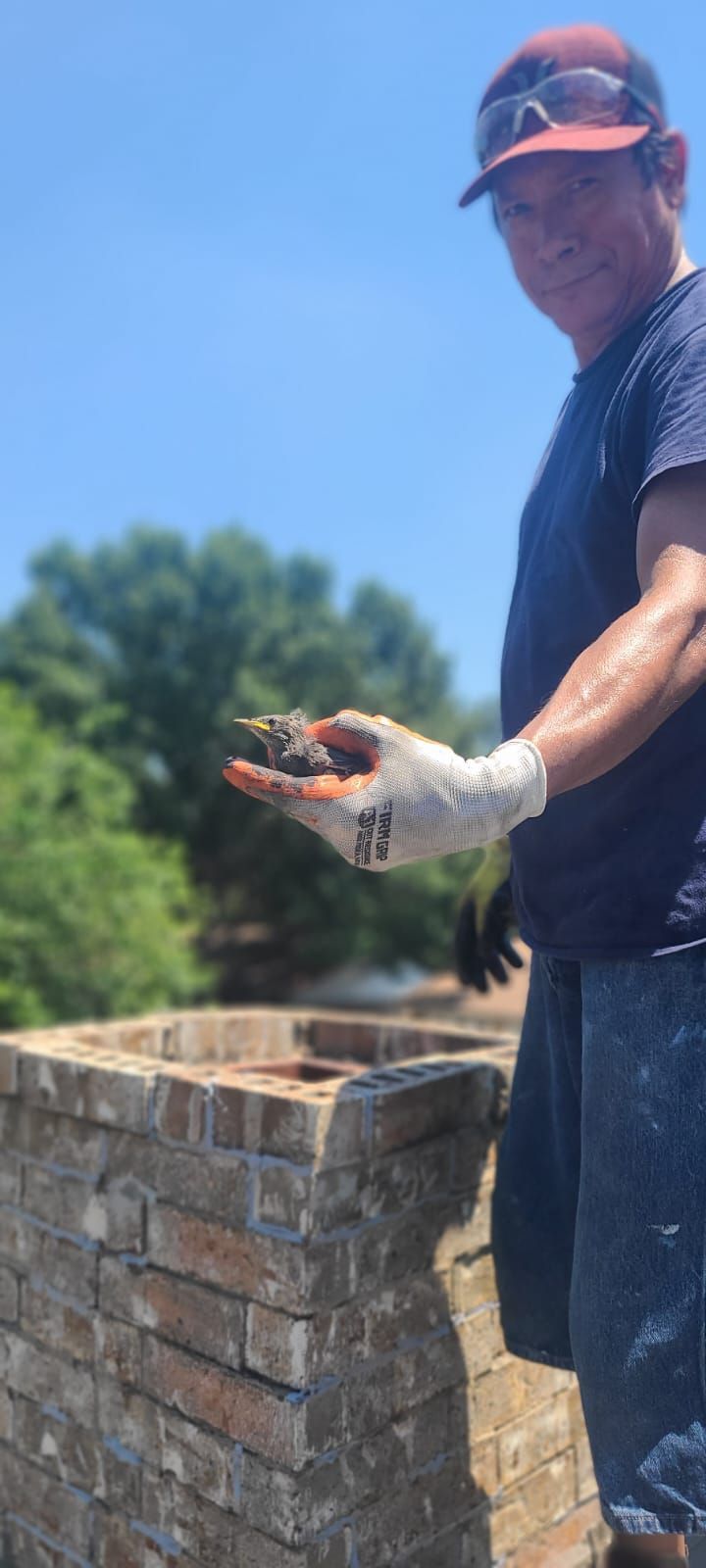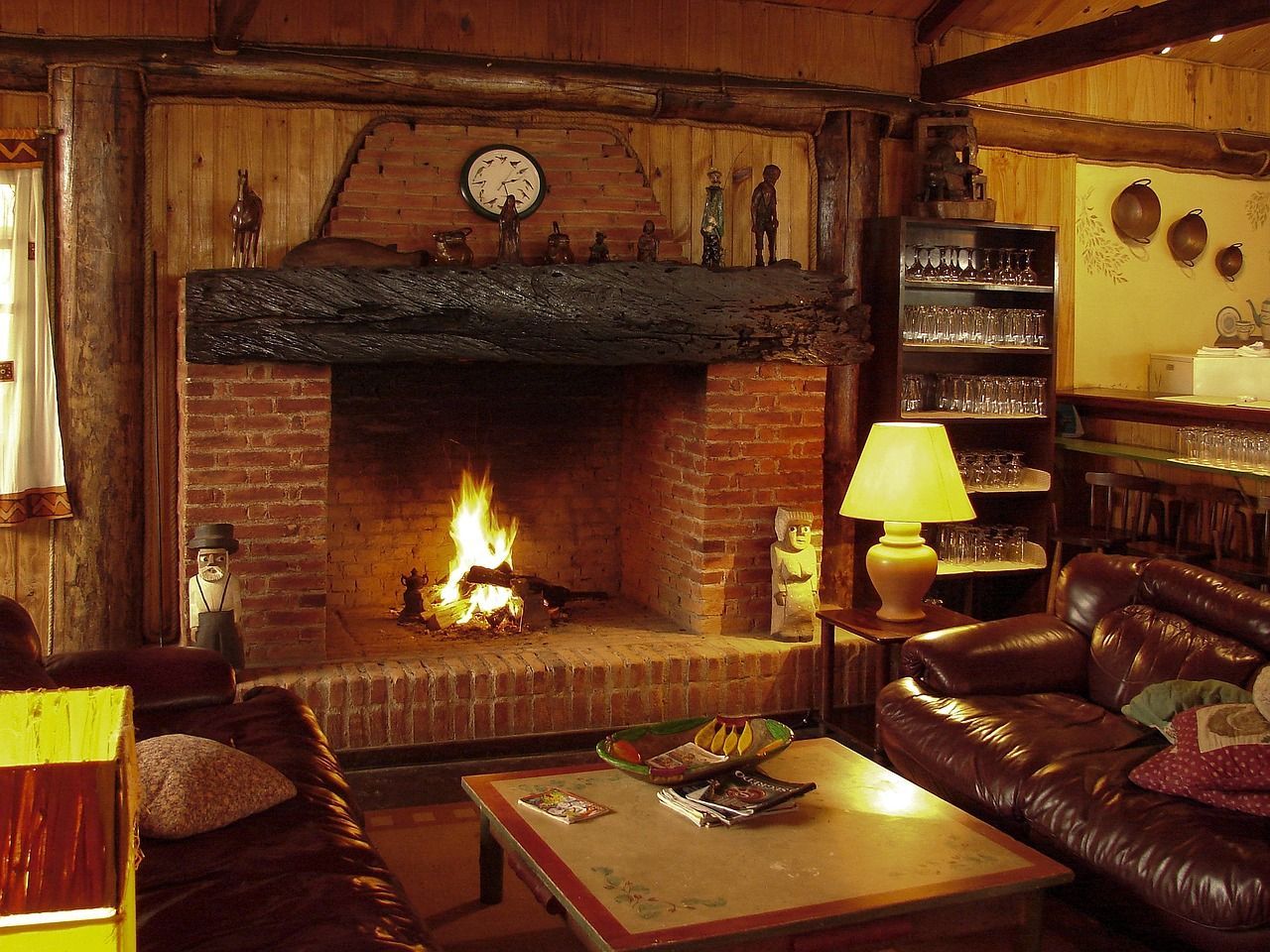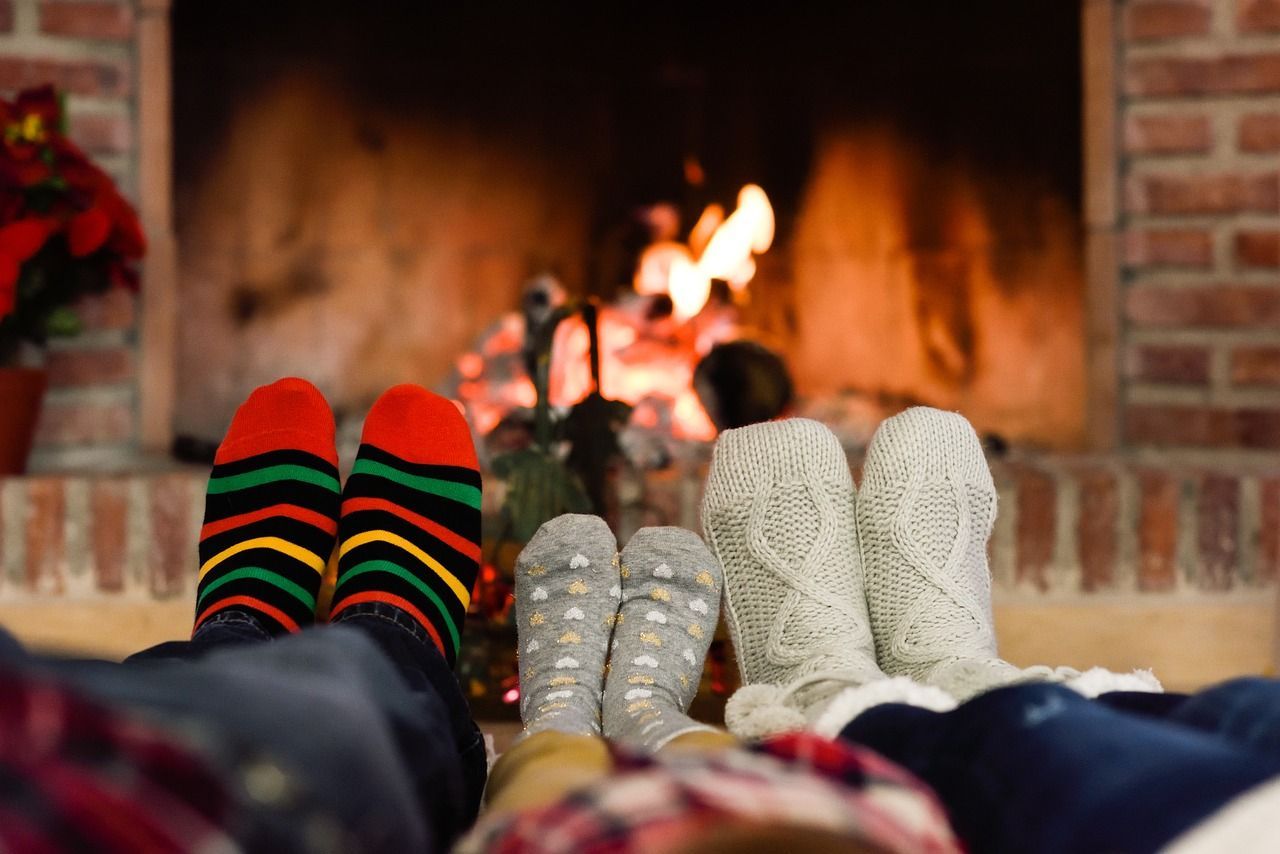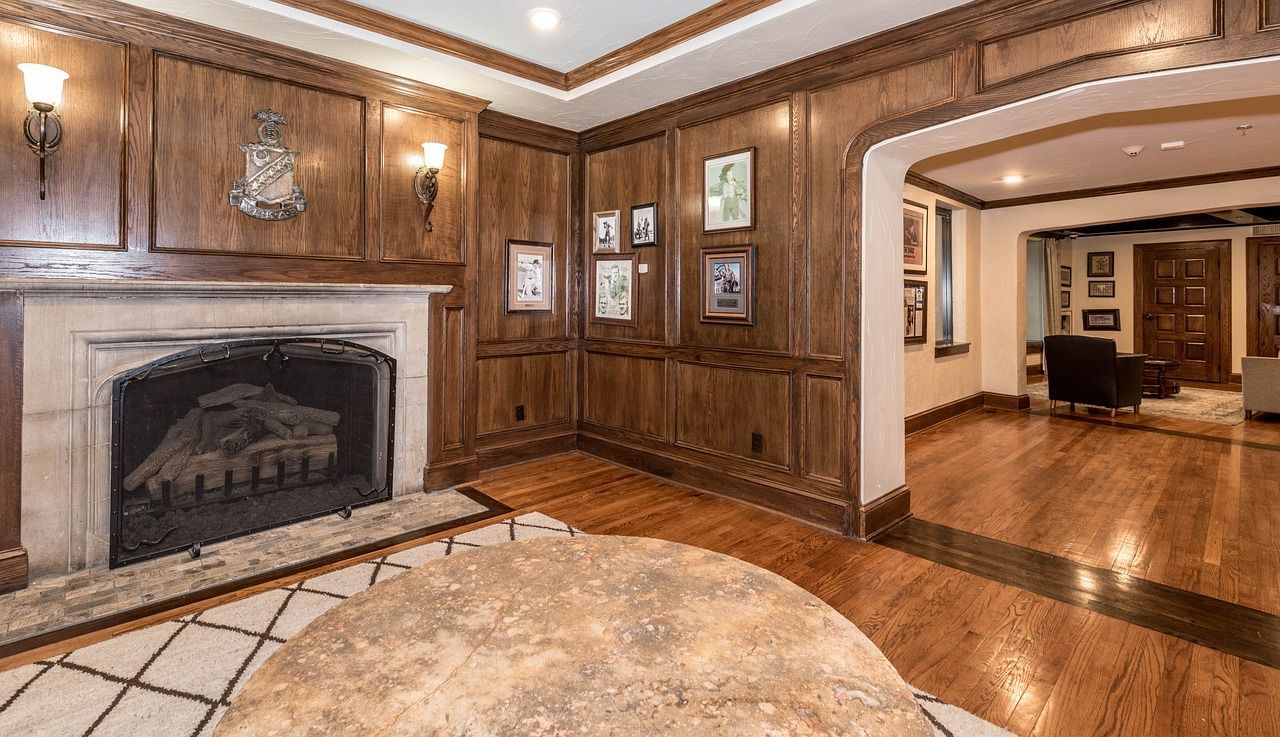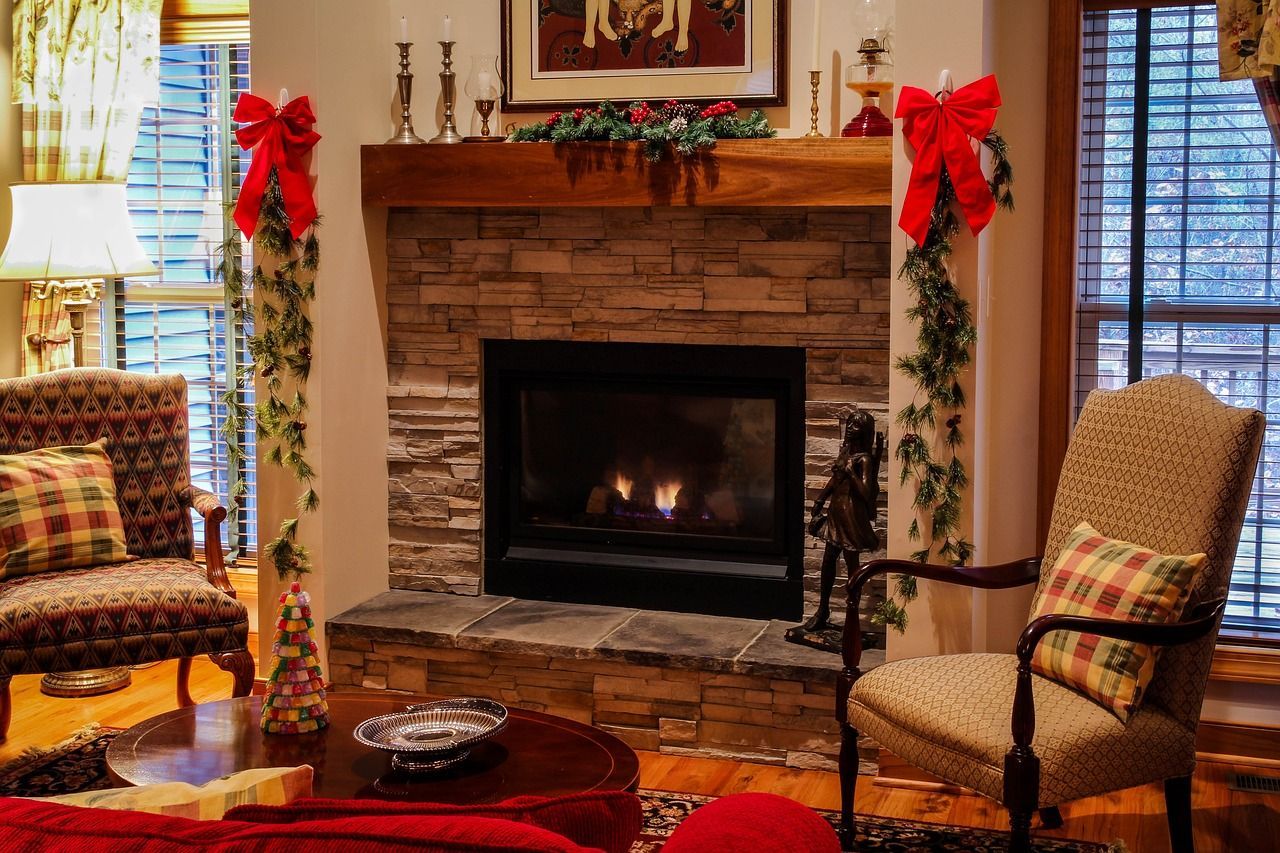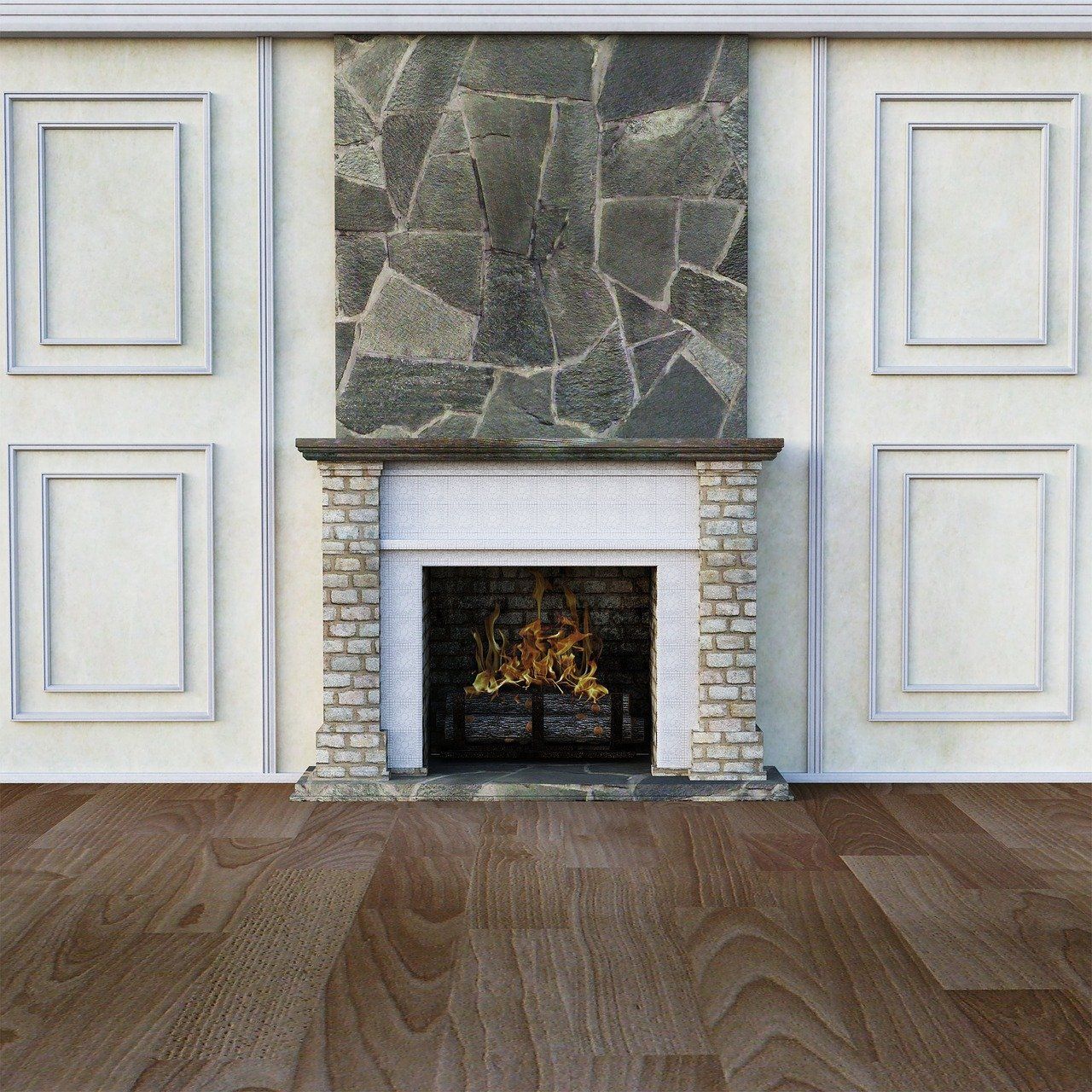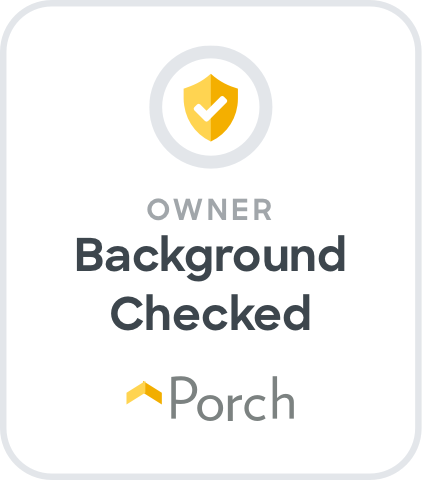Are Vented Gas Fireplaces Safe?
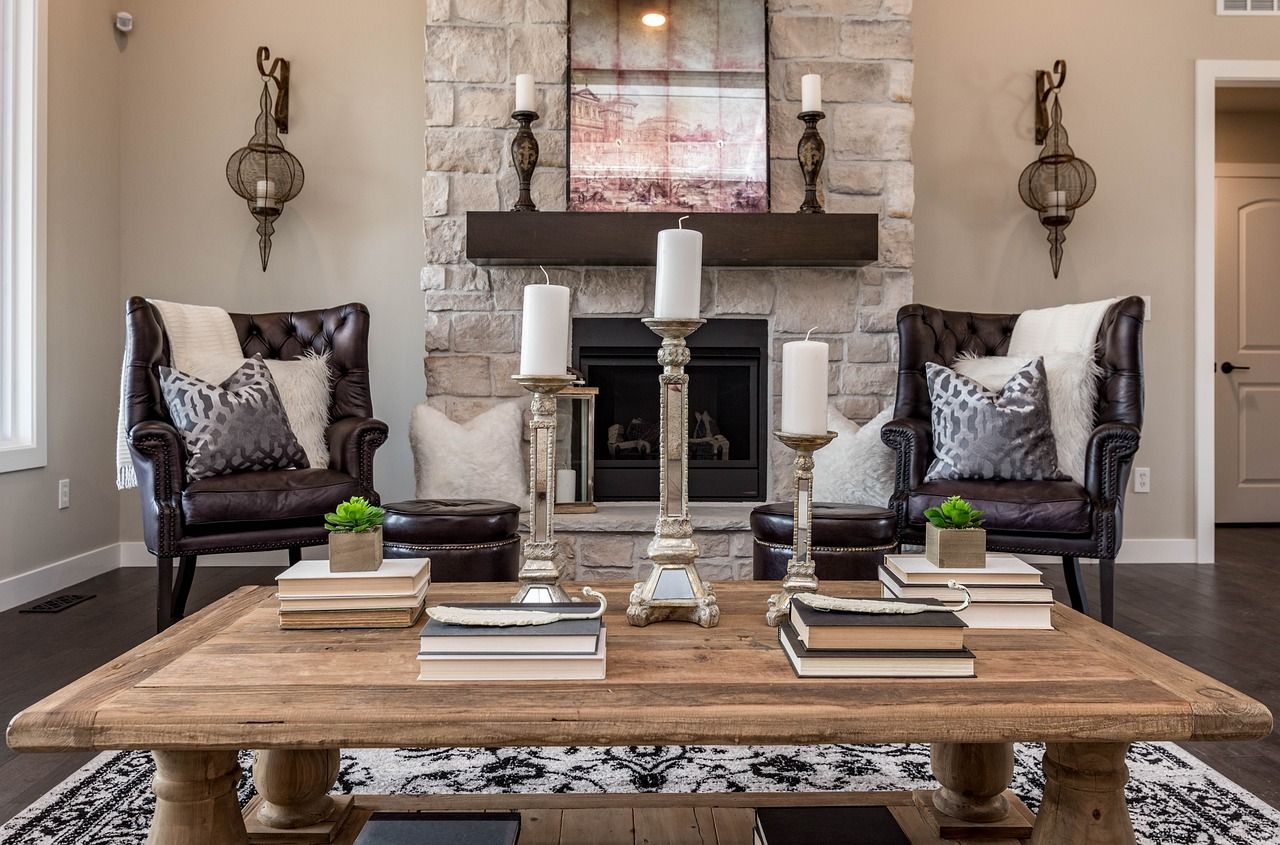
1. Venting Systems Explained
- Direct Vent Fireplaces: These systems are completely sealed off from the rest of your home. A glass panel separates the burning logs from indoor air. Two vents draw in fresh exterior air and release combustion emissions outdoors, similar to how a gas furnace vents hazardous gases. Direct vent fireplaces are considered the safest option for indoor air quality1.
- Natural Vent Fireplaces (B Vent): These fireplaces vent air in one direction—up and out. While they exhaust dangerous combustion fumes outdoors, downdrafts can occur, and some indoor air may be drawn into the unit. Proper installation and air sensors are essential for safety.
- Ventless Fireplaces: These operate without any vent. To use them safely, carbon monoxide detectors are installed to monitor indoor air quality. However, due to safety concerns, ventless fireplaces are banned in several states and Canada1.
2. Prioritizing Safety
When installing and operating a gas fireplace, consider two vital safety factors:
- Air Quality: Direct vent systems, being completely sealed, are typically the best choice for maintaining indoor air quality. If you opt for natural vent or ventless systems, ensure they include air sensors and consider adding a separate backup monitor.
- Fire Hazards: Follow your manufacturer’s installation guide carefully. Use combustible construction materials with caution. For instance, there are restrictions on how close you can place a wood mantle above the fireplace opening and how far it can protrude from the wall.
3. Location Flexibility
- Direct Vent Fireplaces: Their exhaust system can run horizontally or vertically, providing more options for positioning within your home.
- Natural Vent Fireplaces: These systems can only exhaust upwards due to ventilation tubing requirements.
- Ventless Fireplaces: Offering the most flexibility, they can be used in spaces where adding a vented system would be impossible.
4. The Role of Combustion Byproducts
- Vented Fireplaces: They utilize a chimney or flue system to direct combustion byproducts outside. This natural draft efficiently removes gases, making them a safe choice.
- Ventless Fireplaces: While convenient, they lack a venting system. Carbon monoxide detectors are crucial for monitoring indoor air quality.
5. Making an Informed Choice
Ultimately, your decision depends on personal preferences, installation requirements, and safety considerations. Here’s a quick summary:
- Direct Vent: Safest for air quality, flexible installation.
- Natural Vent: Requires upward exhaust, air sensors recommended.
- Ventless: Banned in some areas, monitor indoor air quality diligently.
In conclusion, vented gas fireplaces are safe when installed and used correctly. Prioritize safety, enjoy the warmth, and cozy up to those fireside moments! 🔥🏡
